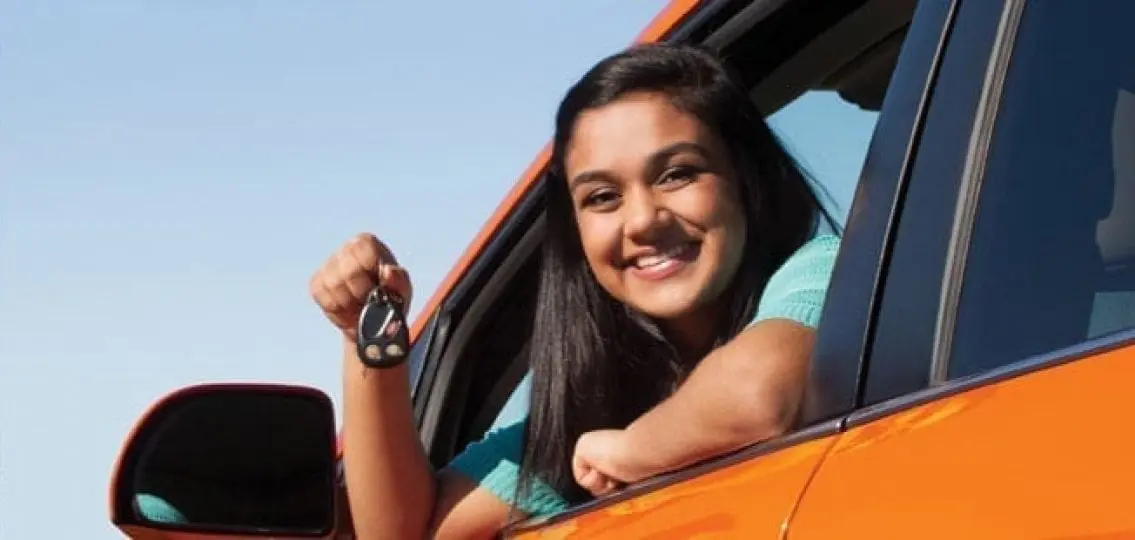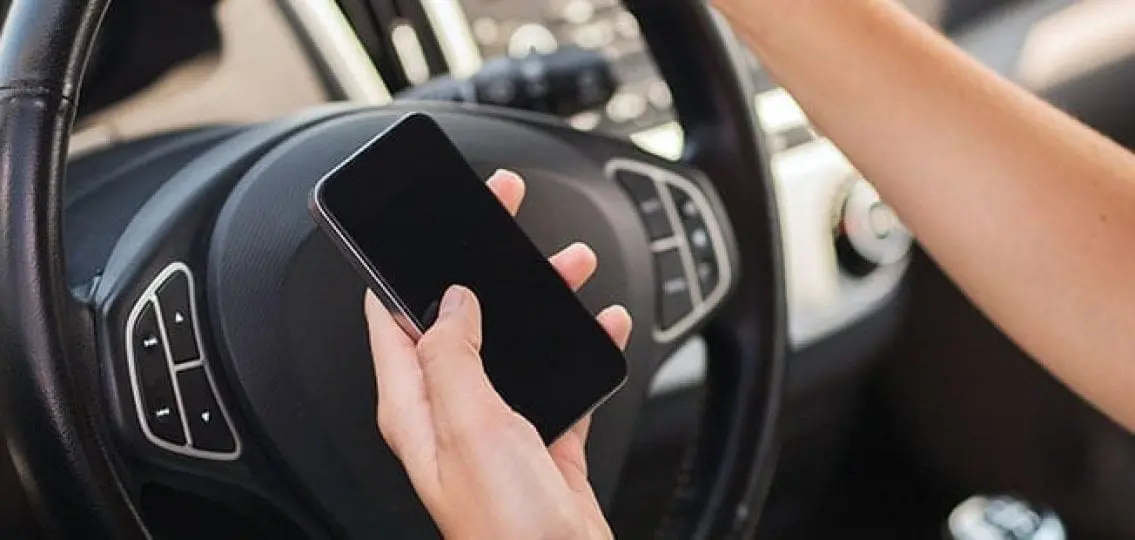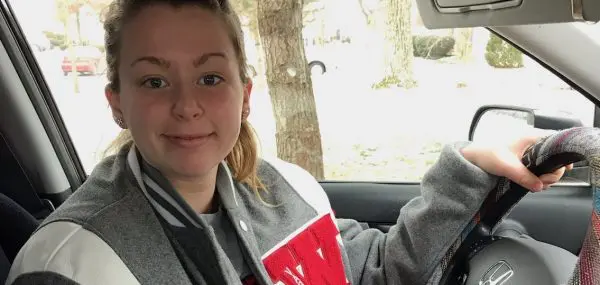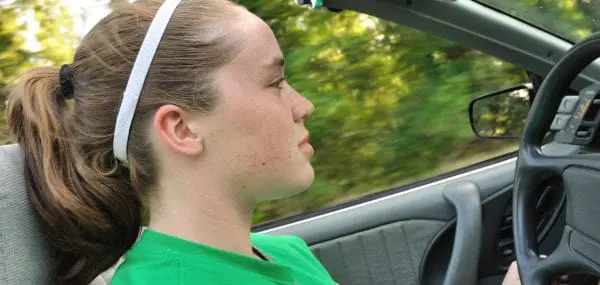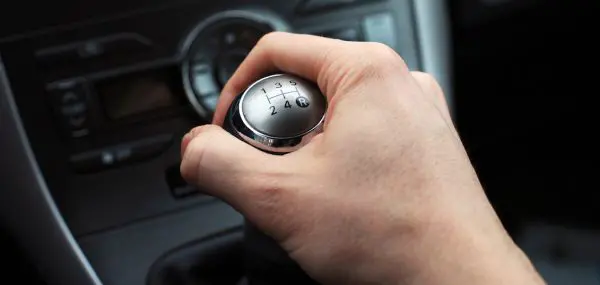Remember when fiddling with the car radio distracted drivers? Today, glance around at any red light, and you’ll see a different problem—drivers on their phones checking email or using Spotify. A 2017 survey by Liberty Mutual Insurance and Students Against Destructive Decisions (SADD) found that a staggering 71 percent of high school seniors report that they use their phones while driving.

It’s not a minor problem. Roughly 3,500 distracted driving fatalities occur annually, with teen drivers accounting for the highest proportion of them, according to the Centers for Disease Control and Prevention.
| [adrotate banner=”99″] |
A Growing Problem: App Usage
It’s not a minor problem. Roughly 3,500 distracted driving fatalities occur annually, with teen drivers accounting for the highest proportion of them, according to the Centers for Disease Control and Prevention.
“Texting is still a problem, but app usage is also dangerous and becoming more prevalent,” says Dr. Gene Beresin, executive director of the MGH Clay Center for Young Healthy Minds and professor of psychiatry at Harvard Medical School.
Consider this: 67 percent of high school seniors surveyed admitted that they use apps while driving—for instance, posting to social media or glancing at their phone for their playlist.
But because they’re not texting, teens don’t view app usage as distracting. But using an app, just like sending or receiving a text message, can take their eyes off the road for five seconds. At 55 mph, that’s long enough to travel the length of a football field—without looking where they’re going.
“Unless you wrestle sharks or tightrope between skyscrapers for a living, driving is the most dangerous thing we do in our lives, statistically,” says Bob Ragazzo, a certified driving instructor and founder of the Parent’s Coalition to Stop Teen Driving Deaths Now.
5 Ways to Discourage Distracted Driving
To drive safely, teens (and parents) should avoid all forms of distracted driving. Here’s how to convey this important safety message to your child:
1. Have conversations, not just contracts.
Having your teen sign a contract promising not to text or use apps while driving is a nice idea, but it’s not enough. Contracts should be a discussion starter rather than a complete solution. Talk with your teen about what you’ll both do to avoid distracted driving.
2. Watch your own habits.
“Teens want things to be mutual,” Beresin says. Agree together, for example, that if you’re expecting an important text, you’ll pull over before checking your phone. Or, put your phone on “Do Not Disturb” before hitting the road and move the phone out of reach, perhaps in the passenger’s side door pocket. Then, follow through on your end of the bargain. You are your teen’s strongest safe driving role model.
3. Listen up.
Train your teen and yourself to listen to directions instead of reading your navigation apps.
4. Plan ahead.
Both teens and adults should make a habit of setting playlists ahead of time.
5. Set limits.
What happens if your teen texts or uses apps while driving—and gets caught? Establish clear consequences, such as requiring them to help pay for the increase in the insurance premium if they get in an accident or lose access to the car. Also, praise your teen periodically for practicing safe driving habits. “Rewards work better than punishments,” Beresin says.
All told, safe driving requires focus. Your teen is operating a 1- to 2-ton machine. It’s a big responsibility. There’s no time to check their playlist, text, tweet, Snapchat, or FaceTime.
Driver’s Ed Doesn’t End
The Liberty Mutual/SADD survey shows that dangerous driving behaviors such as speeding and distracted driving actually increase from sophomore to senior year of high school. “Getting a license is a license to learn how to drive,” Ragazzo says. Whenever you’re in the passenger seat, remind your teen to:
- Check speed.
- Check the space. There should be two to three seconds between them and the car in front of them.
- Scan mirrors every three to five seconds.
- Look ahead so they know what’s down the road.
- Ask themselves what if, as in: What if that deer on the shoulder runs in front of me?
